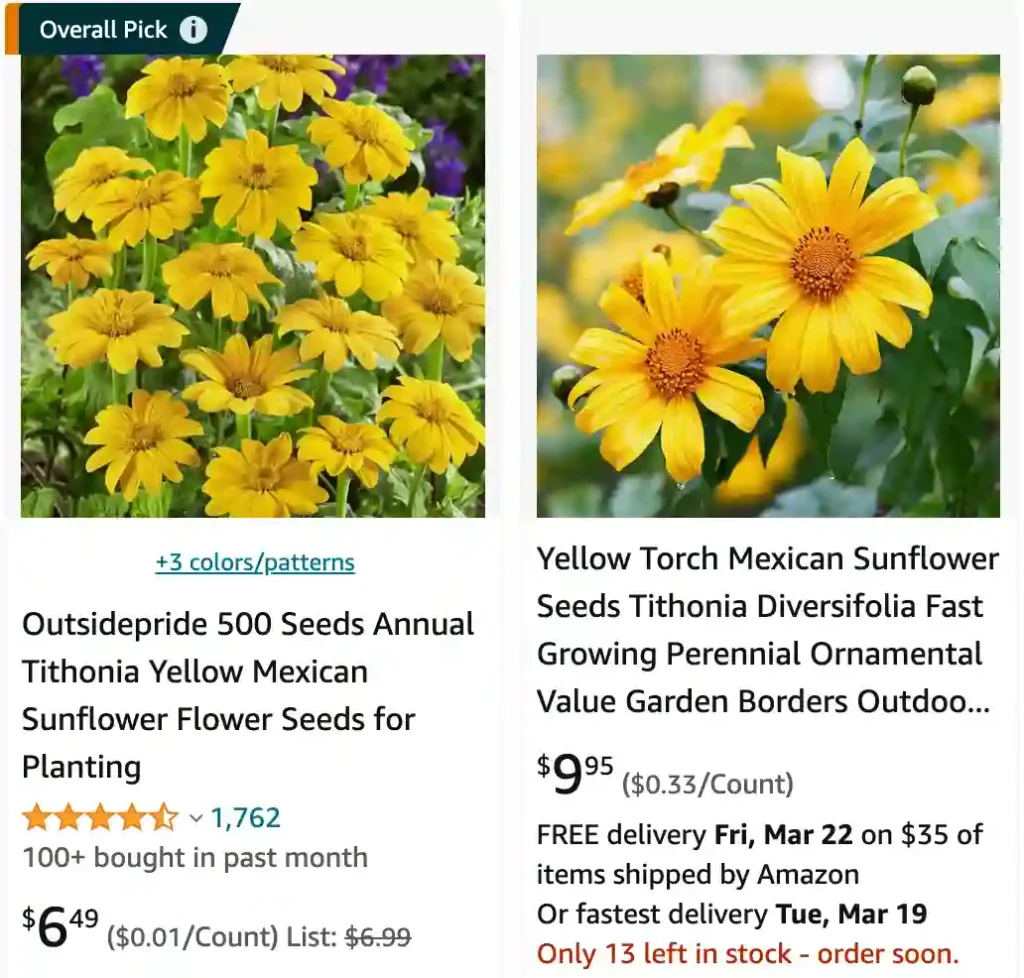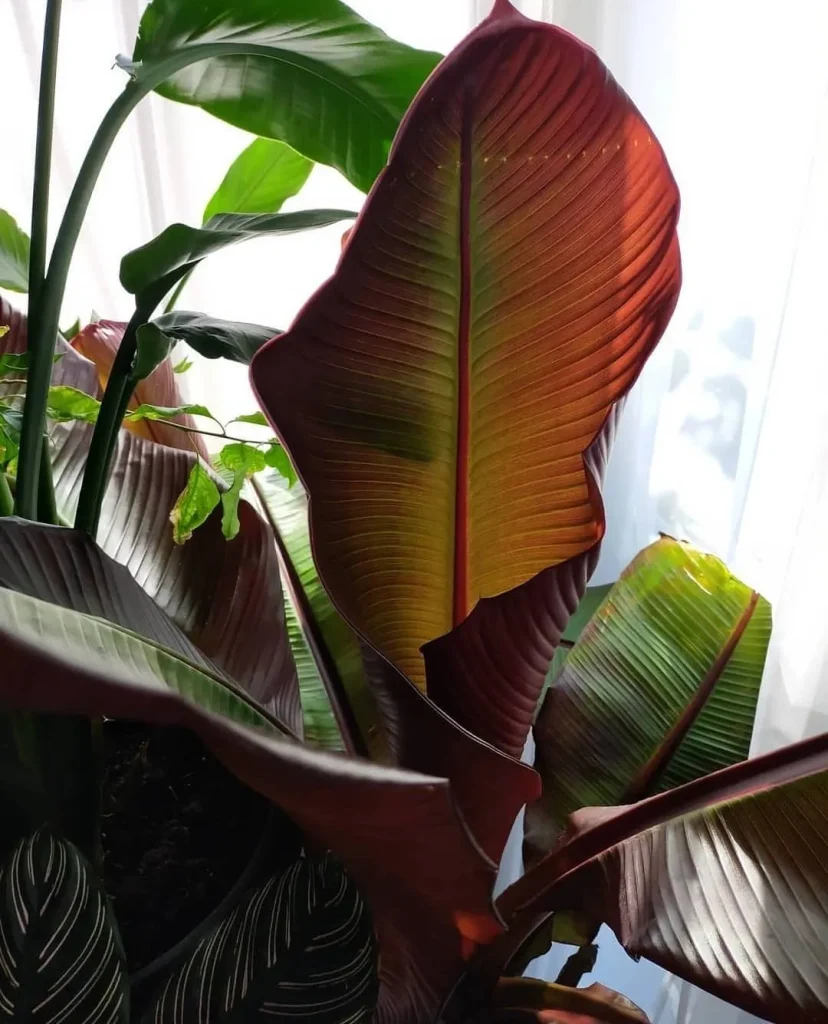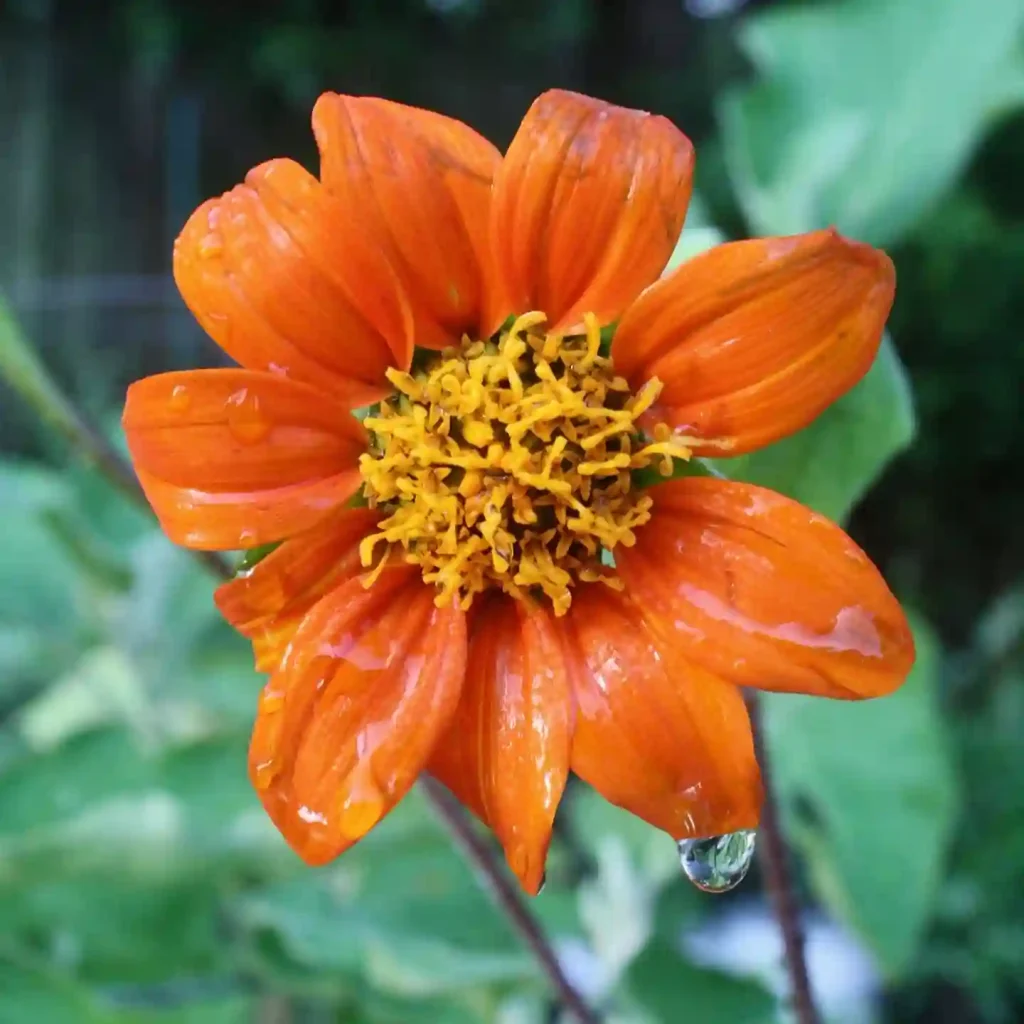
What is Tithonia Diversifolia?
There’s a reason Tithonia diversifolia has so many nicknames – Tree Marigold, Mexican Sunflower, Japanese Sunflower – it’s a botanical jack-of-all-trades, offering vibrant blooms, impressive stature, and surprising versatility. But before you rush out and snag one for your garden, let’s delve deeper into this cheerful plant.
12 Species in Genus Tithonia
Tithonia diversifolia’s main attraction is undoubtedly its flowers. Large, daisy-like blooms in shades of orange, yellow, and red burst forth throughout the summer, adding a joyful pop of color to any border. They’re not shy bloomers either – with proper care, you can expect a constant display of sunshine right up until the first frost.
These cheerful flowers aren’t just pleasing to the eye; they’re a magnet for pollinators too. Butterflies, bees, and hummingbirds all flock to the nectar-rich blooms, making Tithonia a great addition to a pollinator-friendly garden.
Tithonia Diversifolia vs Tithonia Rotundifolia
I’ve grown Tithonia Diversifolia, and I love its tall, bushy structure and its vibrant, large yellow flowers that really stand out in the garden. On the other hand, Tithonia Rotundifolia, with its more compact growth and rounded leaves, provides a different aesthetic, though its smaller blooms didn’t make as big of an impression on me as the Diversifolia’s did. I found that the Diversifolia tends to attract more pollinators and makes a bolder statement in my garden.
Beyond the Bloom: A Gardener’s Ally
Tithonia diversifolia isn’t just a pretty face. This fast-growing plant has a surprising number of uses in the garden. Here are a few ways I’ve found it particularly helpful:
- Living Fence: Tithonia diversifolia’s tall stature and bushy growth habit make it a great candidate for a living fence. Plant them in a row, and they’ll quickly create a natural barrier while adding a splash of color.
- Green Manure: Looking for a way to enrich your soil? Tithonia diversifolia fixes nitrogen from the air, making it a fantastic green manure crop. Simply chop down the plants before they set seed and turn them into the soil. The decomposing material will add valuable nutrients for your other plants.
- Companion Planting: Tithonia diversifolia may also help deter some pests thanks to its strong scent. Interplanting it with your vegetables or other ornamentals might offer a natural layer of protection.
How to care for Tithonia Diversifolia?
Tithonia diversifolia is a relatively low-maintenance plant, but a few key things will ensure it thrives in your garden:
- Sun: This is a sun worshiper! Plant it in a location that receives at least 6-8 hours of direct sunlight a day.
- Soil: While not overly fussy about soil type, Tithonia diversifolia prefers well-draining soil. If your soil is heavy clay, consider amending it with some compost or sand to improve drainage.
- Watering: Water regularly, especially during hot, dry periods. However, avoid overwatering, as this can lead to root rot.
- Feeding: Tithonia diversifolia is not a heavy feeder. A light application of balanced fertilizer once a month during the growing season is sufficient.
Propagation: Sharing the Sunshine
Want to spread the sunshine and share Tithonia diversifolia with friends? Here are two easy methods for propagation:
- Seeds: The most common way to propagate Tithonia diversifolia is from seeds. Sow them directly outdoors after the danger of frost has passed, or start them indoors a few weeks earlier for a head start.
- Stem Cuttings: You can also propagate Tithonia diversifolia from stem cuttings. Take cuttings from non-flowering stems in the spring or summer. Remove the lower leaves and plant the cutting in a pot filled with well-draining potting mix. Keep the soil moist and provide bright, indirect light. With a little care, your cuttings should root within a few weeks.
Do Deer Eat Tithonia Diversifolia?
Good news for gardeners who struggle with deer in their landscapes! Tithonia diversifolia is generally considered deer resistant. The fuzzy leaves and slightly bitter taste deter most deer from browsing.
What is the Leaf Margin of Tithonia Diversifolia?
The leaf margin of Tithonia diversifolia is serrated. This means the edges of the leaves have small, saw-tooth-like notches.
What Size Pot Do You Plant Tithonia Diversifolia In?
When planting Tithonia diversifolia in a container, choose a pot that is at least 18 inches in diameter and depth. This will provide enough space for the plant’s roots to grow and will help it reach its full potential.
With its easygoing nature, vibrant blooms, and surprising benefits, Tithonia diversifolia is a plant that deserves a spot in any garden. So, why not add a touch of Mexican sunshine to your own little slice of paradise?
If i die, water my plants!



